
Chinese cabbage, braided bag, palm-leaf fan and bicycle… all these ordinary items in daily life are silently depicting a living China. The living cultural system consisting of those household goods helps Chinese people to feel about the real world, their identity and position in it. In 2008, Popcorn complied a book named Chinese Stuff, which conducted textual research of daily articles from perspectives of visual aesthetics and social study. Its derived exhibition also named Chinese Stuff aroused much attention upon showing up in the 2011 Beijing International Design Week. Now, this exhibition arrived in Germany and appeared in Frankfurt Applied Arts and Craft Museum from February 22 till May 27. As part of Chinese Cultural Year jointly sponsored by Chinese and German governments in commemoration of the 40th anniversary of diplomatic relations establishment, Chinese Stuff, along with over 120 items of distinct Chinese characters, specifies the relationship between those stuff, Chinese people and society in a unique angle, restore the living detail of Chinese life, and conveys Chinese aesthetics of openness, simplicity and inclusiveness. Thus a living China is presented to the world’s appreciation.
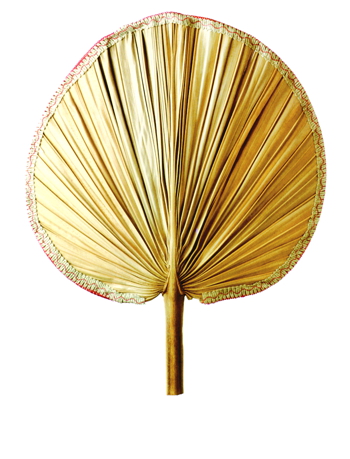
Palm-leaf Fan
The raw material of this fan comes from nature. As it is light and its breeze is cool, this fan is popular among Chinese people. In rural areas of China, a palm-leaf fan is just the best helpmate in summer. With this fan at hand, breeze will be around and mosquitoes will be brushed away, all of which put the users at ease. If a Chinese kid enjoys the cool air from the palm-leaf fan of his or her grandma while listening to her telling old stories under her knees, this ordinary fan will become a sign of love in his memory. From emperor to peasants, all the Chinese has a crush over this palm-leaf fan in their heart of hearts. The slow motion symbolizes Chinese free and easy carriage. In China, there are so many kinds of fans. Cao Cao had Jiuhua Fan, Zhuge Kongming had Quill Fan, Four Talented Scholars in South China had folding fans and Beggar Buddha had a torn fan to help people out of trouble…

Chinese Cabbage
In winter in China, many households will pile lots of Chinese cabbages before their doors as storage in case of heavy snow that will make the transportation difficult. Abound in protein, coarse fiber, calcium, phosphorus and various vitamins. Among vegetables, Chinese cabbage is versatile in all kinds of cooking methods such as stewing, frying, pickling and dressing. In restaurants, it is the most economical choice and Fried Cabbage with Vinegar is the best serving dish for rice with perfect taste. Chinese people bear a special feeling for this cabbage because it is simple, economical and easy to preserve as well as it has accompanied them to survive poverty and disaster .
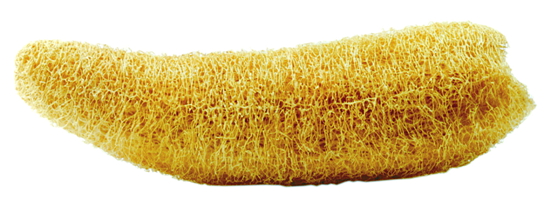
Vegetable Sponge
Vegetable sponge is made of loofah. When loofah withers, Chinese people will dry it in the sun and scratch its exterior. Then a vegetable sponge with netlike fibers is made. Many people in China use it for washing dishes because the elderly said that it can keep the oil and dirt off. Though modern kitchen sanitary goods gradually take the place of this primitive tool, some people in favor of natural materials still keep this vegetable sponge for bath. It is said that this sponge helps peel dead cell off body and promotes metabolism. Loofah is also a kind of Chinese herb with such effect as stimulating blood circulation, relaxing muscles, reducing phlegm and dispersing swelling. As a matter of fact, loofah is mainly for cooking, especially in soup. It tastes smooth and light, and you’ll feel as if it is melting like snow upon your tongue.
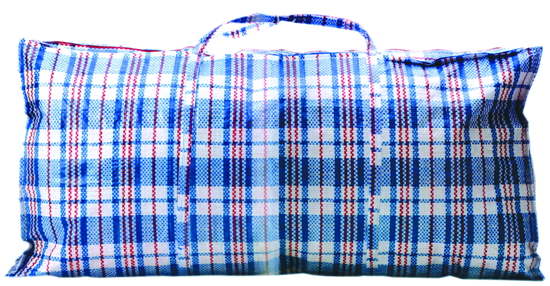
Red-blue-white Bag
A big plastic bag braided with red, blue and white colors is probably the most common one among Chinese people. As it looks like a snake’s skin, it has the nickname “Snakespin Bag”. It is big enough to contain cotton quilt and all season’s clothing. It is strong enough to collect all the articles together in moving. It keeps a low profile as the best helpmate in a long journey. It is cheap, so it can be throw-away after one use. In 2007, this plain bag came into vision of the luxury brand Louis Vutton and then became one of the new arrivals. With red and white striped intersected, it looks just the same as the popular but cheap bag in every Chinese household. Commonplace and fashion is just a blink of eyes.
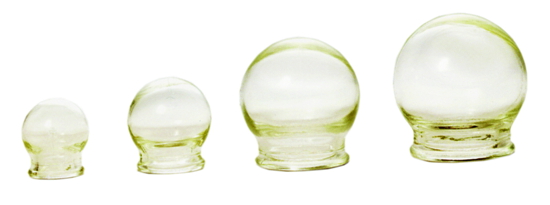
Cupping Jar
Cupping is a unique treatment popular for thousands of years among Chinese people. At the sight of the crimson marks after cupping, westerners will, as they suppose Guasha, take it for mistreatment. During cupping, the heat will drive the air out of the cup and then the outer pressure will hold the cup closely against the part so as to arouse blood congestion which will result in the treatment. Cupping can cure many syndromes from headache, flu, rheumatism to psoatic strain. The crimson marks left by cupping will last over ten days, which will intimidate those beauty-loving girls. Till this day, cupping has become a kind of leisure, together with massage and foot care.

Washboard
Before washing machines entered Chinese people’s life, there will be a washboard in every household as a necessary helpmate. With one washboard, one can wash his child’s nappy and his grandchild’s nappy as well, which means a durable washboard can last for decades. Besides this function, it serves also as a common “instrument for punishment” between wife and husband. From some time on, kneeling down on a washboard became all the Chinese women’s common punishment for their husbands. You will always hear someone joke about his or her hen-pecked, “If you come home late today, will you kneel down on the washboard?”
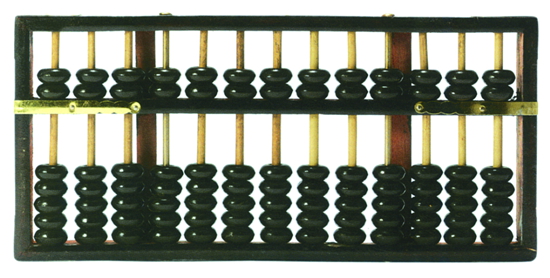
Abacus
Abacus is a Chinese calculator in ancient times. In the famous scroll painting Scenery at Riverside in Qingming Festival, you can find a herb medicine shop and there is an abacus on the counter. This implies that abacus already existed in the Song Dynasty (AD 960-1279). In literature and videos, you will always see an accountant with a melon hat and a pair of spectacles. For a long time, abacus is a symbol of meticulous calculation and strict budgeting. In many Chinese medicine shops, pharmacist will take miniature steelyard on his left hand and abacus on his right hand to make calculation. His house full of scent of herbs is a typical Chinese picture. In the famous novel If Tomorrow Comes, Jeff Stevens, a master con man recommended a pocket-size computer, saying “reasonable price, failure-free, energy-saving, unnecessary maintenance in ten years”. Actually, the so-called pocket-size computer is nothing but an abacus from China.
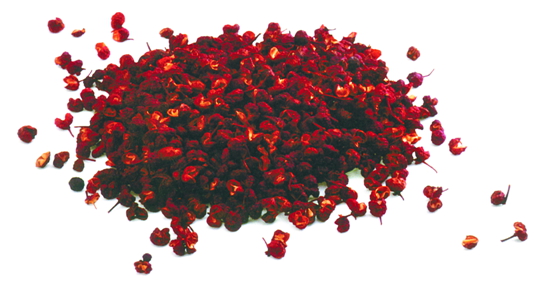
Chinese Prickly Ash
Prickly ash has the nickname of Chinese Spice and was recorded as early as in the Classic of Poetry. Girls in Hunan Province favor hot flavor while people in Sichuan Province prefer everything spicy. Though prickly ash is not exclusive in Sichuan, it is only in Sichuan that this spice is cooked to the extreme. Sichuan cuisine with hot and spicy tastes is popular all over China, and there are Sichuan restaurants in almost every city and town. Besides seasoning, prickly ash can be used as Chinese herb. In Ming Dynasty (AD 1368-1644), the reputable pharmacist Li Shizhen once adopted prickly ash to cure a granny’s diarrhea that was never cured before. With spicy flavor, prickly ash will keep ants, flies and insects far away. In addition, if you put a piece of prickly ash onto your aching tooth, you will find ache dying off slowly. More new functions of this magic prickly ash are discovered.

Squared Exercise Book
Few nations practices square characters, but the number of people practicing square characters is the largest in the world. At the beginning of learning Chinese character, squared exercise book is necessary for practice, which becomes almost every Chinese’s memory in their childhood. In each square, the pattern, delicacy and exquisiteness of Chinese characters are showcased. Nowadays, young people are used to typing words with keyboards and then many of them detached themselves from how to write characters and care nothing about the homonyms, let alone the pattern beauty of characters in the square.

Dumpling (Jiaozi)
As a Chinese saying goes, “Sleeping is better than sitting, and nothing is better than dumpling”. At present, dumpling is everywhere, but in the old days, only in the lunar New Year’s Day could people enjoy some dumplings. In North China, a saying goes as follows, “Rich or poor, we must have New Year’s Day. Without dumpling, we don’t have a real New Year.” There are many legends about dumpling. Some says that eating dumpling is in honor of a cook named Wang Xiao’er. As he made perfect dumpling, the Emperor kept him in the palace to make dumpling every day. After several efforts to escape in vain, Wang Xiao’er hanged himself on the New Year’s Day as his last struggle. Others say that the pronunciation is just the homophone of “Year changing” in Chinese. Though served as main course, some people prefer to drink with dumpling.
Sugar-coated Haws
“It is said that the sugar-coated haw is sour, why is it still sweet? If you say it is sweet , why does it taste sour?...It is delicious and healthy so that you can be twenty years younger.” Though a bit exaggerated, the lyric in this song gives a proper description about the sweet and sour flavor of this food. It is healthy because haw does help digestion. In arduous period, a stick of sugar-coated haws is a gift of New Year in many kids’ eyes. This snack is available in many cities of North China, but for some reason it becomes one of the representative sign of Beijing. Maybe it helps to remind us of the melodious peddling voices “Sugar-coated Haws”.
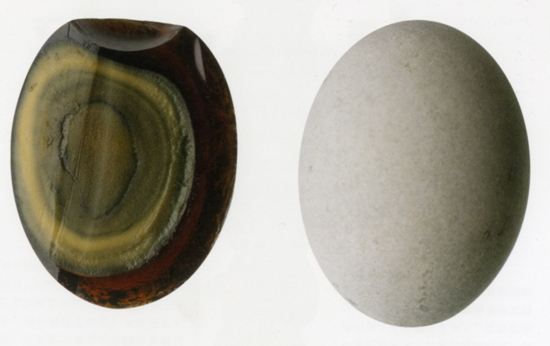
Preserved Egg
Wrapped among tea, salt and other alkaline substance such as lime and plant ash, an egg will go through chemical reaction to become a dark blue one with special smell. As it looks like fossil from old ages, westerners call it Century Eggs. In 2011, CNN even listed preserved egg as the most revolting food in the world because they dislike its weird look and taste as if it was the Devil’s egg. Of course, such a strong prejudice against dietary habits will never change a bit Chinese favor on this delicious food.
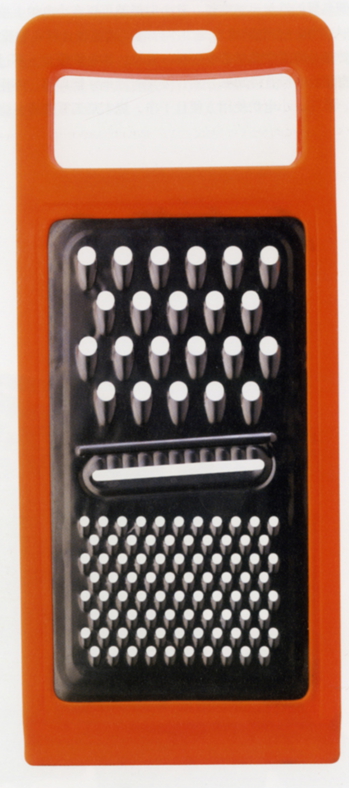
Shredder
Nobody knows who the inventor of shredder is, but it is an indispensible tool in every Chinese kitchen. With simple structure and convenient utility, vegetable will be shredded into delicate slices. In Chinese cuisine, color, scent, taste as well as cutting shape is necessary elements. Therefore shredder will lend a hand to those who are not good at cutting skills.
Rolling Pin
Rolling pin is an inevitable instrument for making Chinese wheaten food. In the meanwhile, it might become a weapon because it resembles a baseball stick. Its user will decide whether it serves for defense or attack. Rolling means grinding over and over until it makes the object flat, thinner or into tiny pieces. In that hard times with mixture of roughage and fine grains, the appearance of rolling pin indicated an indulgence and the noodle by this rolling pin always tastes perfectly chewy.
Wooden Steelyard
Wooden steelyard is a weighing instrument. The main body is a wooden arm with scales, along with the iron hook, a pan and a solid weight. It becomes rare in cities, but you can see more in rural fairs as it is a necessary instrument for those merchants. Legend says that the measure standard is determined by Most Exalted Lord who call 13 liang as 1 jin(half a kilo). The number “13” represents the Seven Stars in the North and Six Stars in the South, so the scale is regarded as the star. Later the first emperor in China added three more stars, namely, Stars of Happiness, Fortune and Longevity, and then 1 jin consisted of 16 liang. He issued an edict that embezzlement was forbidden because one missing liang represents a missing star and leads to bad luck.
Glass Ball
Before electronic games get popular, those creative kids still had a good time. While girls were skipping rubber band, little boys might be playing with glass balls with their stomachs on the ground. Though the rule of this game varied in different places, kids got the same fun. Just like snooker, players must pay attention to strength as well as angle when kicking the ball.
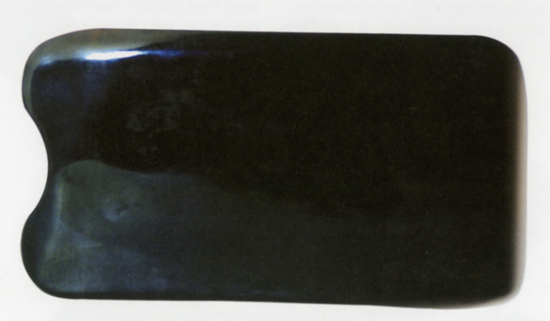
Guasha Board
At the first sight, the red skin was marked with some seemingly terrified scars. As a matter of fact, Guasha is a medical treatment by scrapping the patient’s body part to stimulate microcirculation and force harmful substance out. With enhanced metabolism, Guasha will prevent or cure illness or heatstroke, alleviate fatigue and strengthen immunity without any harm to the bodyskin. Something whose brink is round such as comb and cup lid can be used as Guasha board, but the most ideal material is buffalo horn.

Herb Pot
In order to save time, many people now will choose boiling service in the hospital or pharmacy as soon as they get the Chinese herb. Young people never care about the effect of machine’s boiling of herbs, but as to the elderly, they would rather boil it by themselves at home because they insist on the potter clay pot. It is a custom for centuries and an indispensible part of Chinese traditional medicine. In ancient China, the doctor would observe the patient’s appearance and smell, ask some questions and measure pulse before prescription. Patients would get herbs in the pharmacy with this prescription and boil the herb with this clay pot.
Long-life Lock
It is difficult to choose a present to a newborn baby because its young parents have already prepared necessary milk powder and diaper and beautiful garment and toys are a bit too early. In this view, Long-life lock is the best choice for its auspicious implication meets perfectly with its parent’s wishes. Long-life lock is generally made of silver with the ancient shape, and words like “Longevity of Century”, “Fortune and Longevity” or “ Forever Happiness” will be inscribed as the senders’ best wish.














